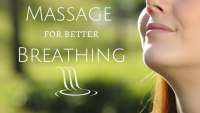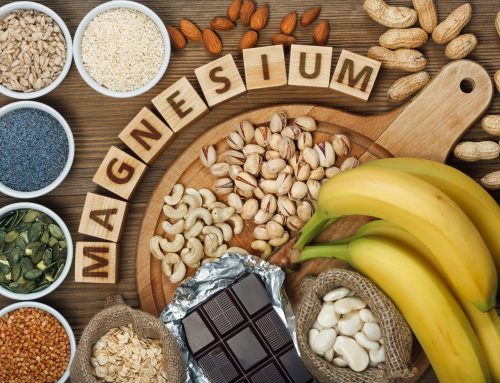 I notice with so many of my clients that their breathing is very shallow and quite fast. Almost as though they are in a state of panic. Our breath is so important. As soon as you slow down and take a few long deep slow breaths you immediately feel calmer and more relaxed. Your muscles relax and your mind begins to slow down. This is when you get the most benefit from your massage treatment.
I notice with so many of my clients that their breathing is very shallow and quite fast. Almost as though they are in a state of panic. Our breath is so important. As soon as you slow down and take a few long deep slow breaths you immediately feel calmer and more relaxed. Your muscles relax and your mind begins to slow down. This is when you get the most benefit from your massage treatment.
A human can survive several weeks without food, several days without water, but only a few minutes without air. Every cell in the body requires a continual exchange of oxygen and carbon dioxide to function properly. Breathing is this mechanism of exchange, feeding and cleansing the body’s cells with a continuous cycle of intake and exhaust. Tense muscles, poor posture, tight clothing or emotional stress can restrict breathing.
The two classifications of respiration are chest breathing and abdominal breathing. The distinction is in what muscles are used for breath inhalation and exhalation:
Chest breathing
When we solicit the upper chest muscles to open up the rib cage. This results in shallow breathing, where too little air is drawn into the lungs. Consistent chest breathing results in poorly oxygenated blood, prompting the heart to pump harder to feed the body’s cells with oxygen. Upper chest breathing fills only about one quarter of the lung’s capacity. Emotional stress is a common cause of rapid, shallow chest breathing and can be helped with regular massage and deep breathing techniques.
Abdominal breathing
Does not indicate filling the abdomen with air, but rather using the muscles in the abdomen, sides and back of the lower torso to permit the maximum lowering of the diaphragm, fully expanding the chest. When the lungs can be filled, up to eight times more air is recruited per breath than chest breathing. This increased air volume allows for greater blood oxygenation without stressing the cardiopulmonary system. This allows your muscles and mind to relax and become calmer.
When we breathe fully and deeply, the belly, lower ribcage, and lower back all expand on inhalation, drawing the diaphragm down deep into the abdomen, and retracting upon exhalation. The vertical movement of the diaphragm combined with the horizontal movement of the belly, ribcage, and lower back during abdominal breathing helps detoxify the inner organs, promote blood flow and peristalsis, and pump lymph more efficiently through the lymphatic system. Each of these benefits mirror the goals of massage therapy. The combination of the two is an ideal union for enhancing health. Efficient abdominal breathing is supported by the following factors:
- Proper posture – Good posture allows the chest muscles to expand with minimal effort. Slouching forces the weight of the upper chest onto the abdomen. Poor posture demands more energy for respiration than when the back is straight and relaxed.
- Refraining from overeating – Overeating can extend the stomach to press on the diaphragm, hindering its movement. This restriction limits abdominal breathing.
- Relaxation – When we are tense, our muscles naturally contract. In addition to feeding the pain cycle, muscle tension inhibits abdominal breathing. Focusing on muscular relaxation allows for greater chest expansion while conscious abdominal breathing also helps relax muscles.
The use of breathing to relax muscles is a major component of many techniques for stress reduction and relaxation. All of the major exercise/relaxation techniques, such as yoga, qi gong, tai chi and meditation, utilize the benefits of abdominal breathing.
Massage focusing on the chest and thoracic areas as well as abdominal muscles can relax the muscles used for conscious respiration, paving the way for clients having difficulty with breathing.
Deeper breathing during your massage helps release the muscle tension and allows the therapist to loosen and relax the muscles far more effectively. Focusing on your breath also keeps your mind on the present moment and free from worry and anxiety even for a short while. Helping you benefit far more from your massage treatment.
By Diana Carolin – Remedial Massage Therapist – Neurohealth.



